Explore the depths of Tottori Prefecture! History and charm felt by travel web writer Kasumi
A Journey into the History of Tottori Prefecture – The Charm of Old Japan
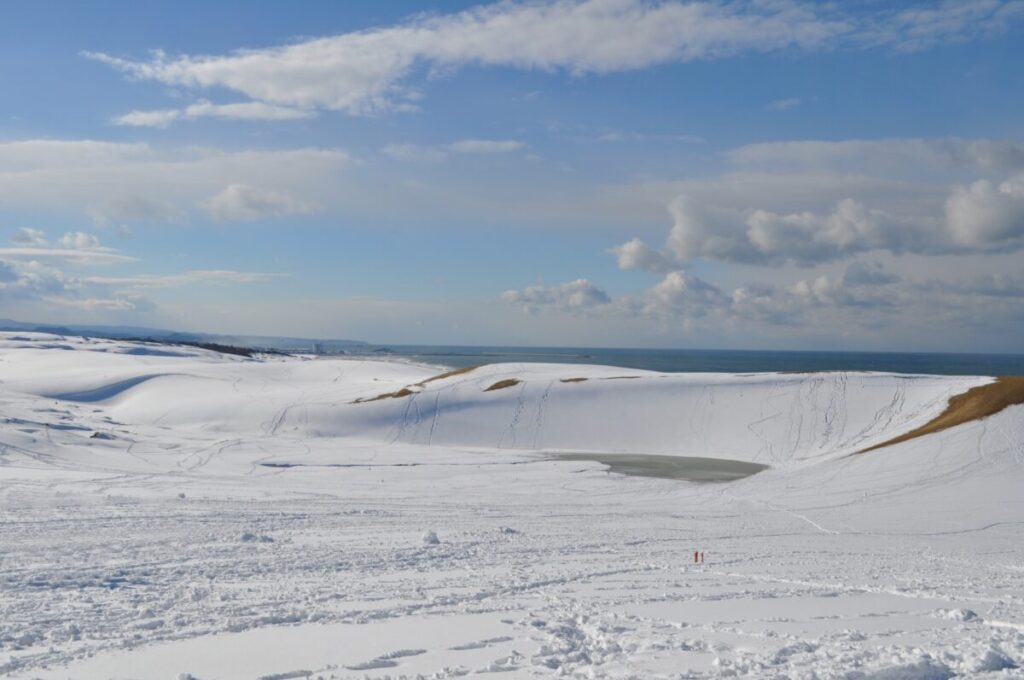
Following the ancient footprints of Tottori Prefecture
When most people think of Tottori Prefecture, they think of sand dunes and beautiful coastlines. However, I felt that this place has a deep historical charm that goes beyond just that. As I continued to travel, I began to visit places and facilities where I could learn about the historical background of Tottori Prefecture.
For example, Tottori City Museum. This is a key point for learning about the history and culture of Tottori Prefecture. When I visited, I was particularly impressed by the Jomon period pottery excavated within the prefecture and artifacts from Yayoi period ruins. Through these artifacts, I realized that Tottori Prefecture has been a transportation hub since ancient times and that various cultures have flourished there.
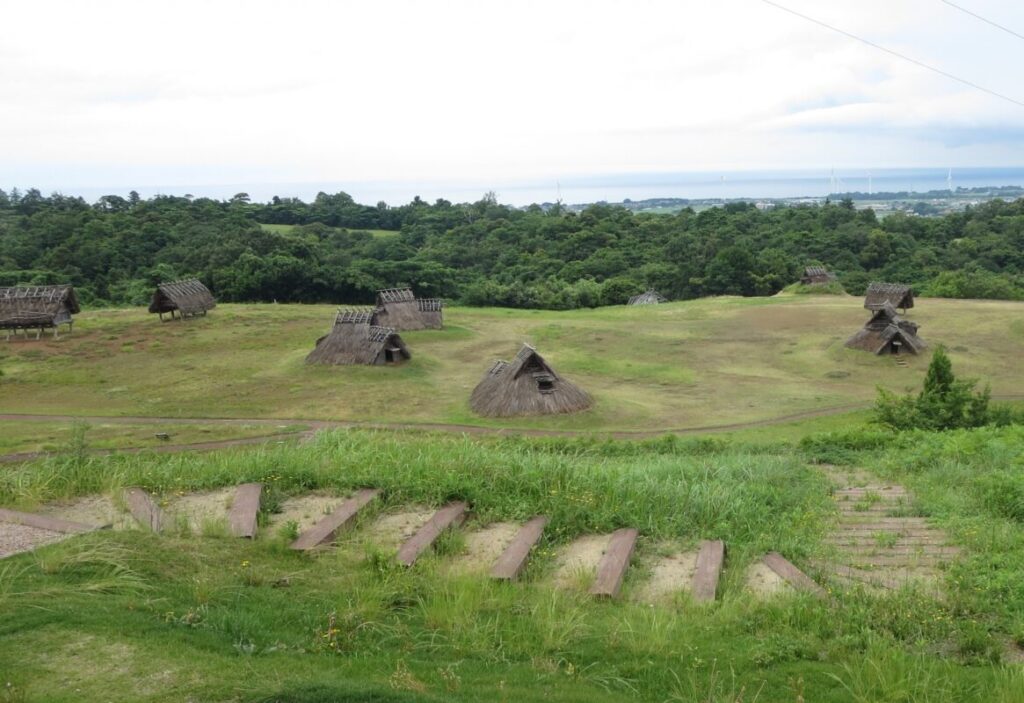
The history and charm of Tottori Castle
Among the ruins of castles scattered all over Japan, Tottori Castle is particularly impressive. This castle is famous for its name in several battles from the Sengoku period to the early Edo period. I was also fascinated by its history and visited several times. In particular, the view from the castle ruins is exceptional, and the scenery of each season spreads out before you. I felt that the charm of this castle lies not only in its rich history, but also in its harmony with nature.
Also, through interaction with the local people of this area, I was able to hear many stories and legends related to Tottori Castle. For example, I was able to feel the connection between the people of Tottori and their history, such as how each time a castle changed hands, it had an impact on the local culture and life.
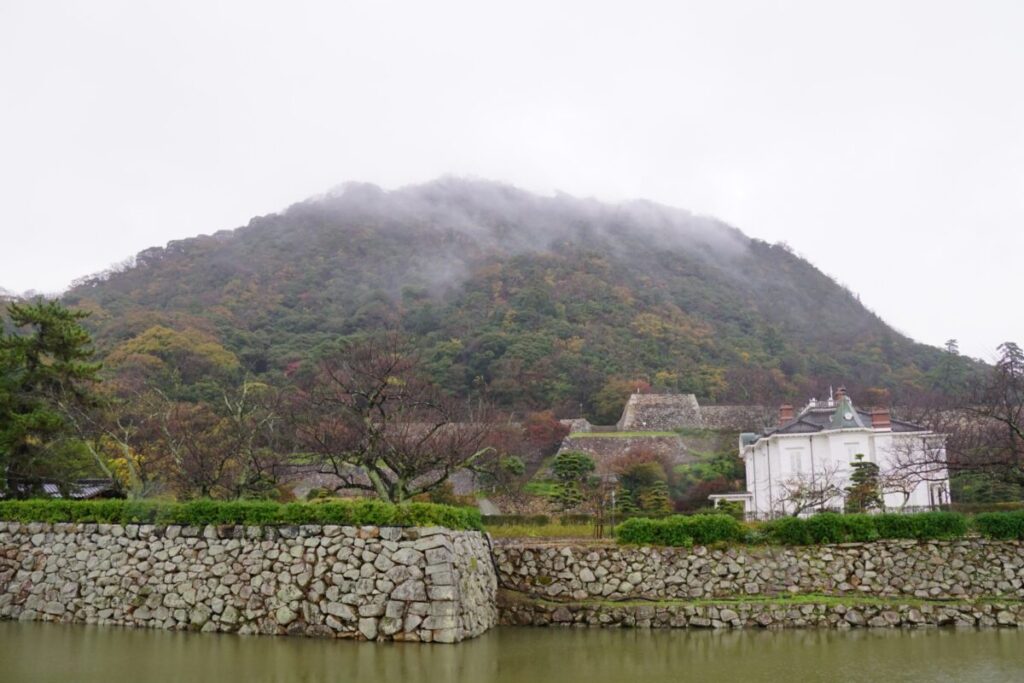
Historical services and cultural development in Tottori Prefecture
During my travels, I have also noticed the development of services and culture in Tottori Prefecture. Shimane Winery, which has a historical background, produces and sells wine using locally harvested grapes. On average, this winery produces about 50,000 bottles of wine a year, and some are exported outside the prefecture and overseas. I also sampled it, and I could really feel the blessings of Tottori’s land.
Furthermore, traditional crafts are essential for digging deeper into the history and culture of Tottori Prefecture. Throughout the prefecture, many products are created that incorporate new designs and ideas while preserving ancient techniques. These products are rooted in the lives of local people and give you a sense of their regional character and historical background.
As you can see, Tottori Prefecture is more than just a superficial tourist destination; it is full of deep historical and cultural charm. Through encountering this land and its people, I was able to reaffirm the beauty and charm of Japan.

Tottori Prefecture’s nature and gourmet food – In search of its beauty and taste
Tottori Sand Dunes – Japan’s natural wonder
When I visited Tottori Prefecture, the thing I was most looking forward to was the Tottori Sand Dunes. This sand dune is the largest sand dune in Japan, and once you see it, you will never forget it. The delicate ripples created by the wind and the way the setting sun dyed the sand dunes red looked like an exotic landscape.
There is also a sand museum near Tottori Sand Dunes. This is a unique museum that displays works created using sand by domestic and international artists. I was particularly fascinated by works with themes of Japanese classical literature and history.
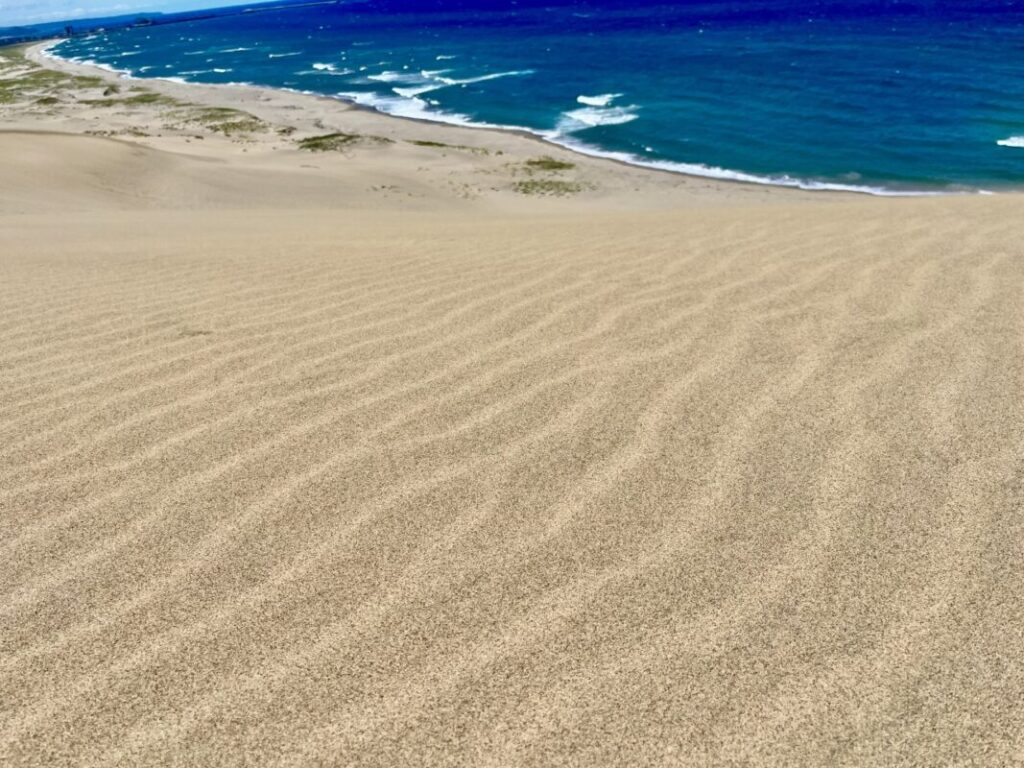
Enjoy Tottori’s gourmet food
Tottori Prefecture is known for its abundance of fresh seafood. Among them, my favorite is Tottori crab. When I visited in winter, I was able to enjoy fresh crab and was impressed by its sweetness and juiciness.
Additionally, Tottori Prefecture boasts the highest production of pears in Japan. Depending on the time of year you visit, you may be able to get fresh pears at the farmers market. In particular, the sweetness and juiciness of Nijisseiki pears is exceptional. When I ate this fruit grown in the land of Tottori, I was able to feel the blessings and climate of the land.
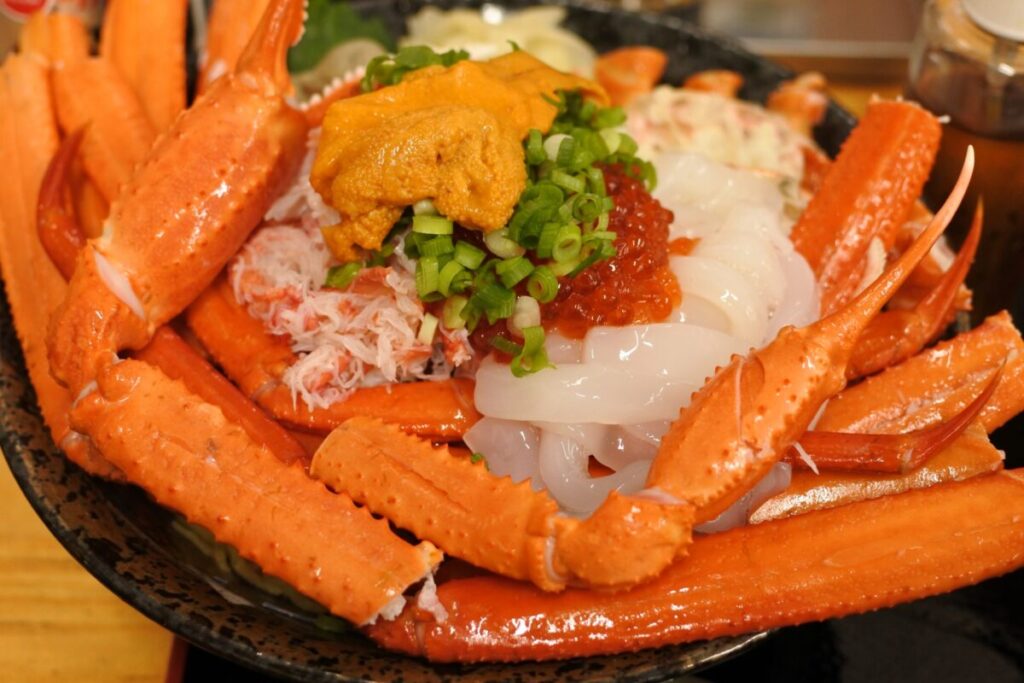
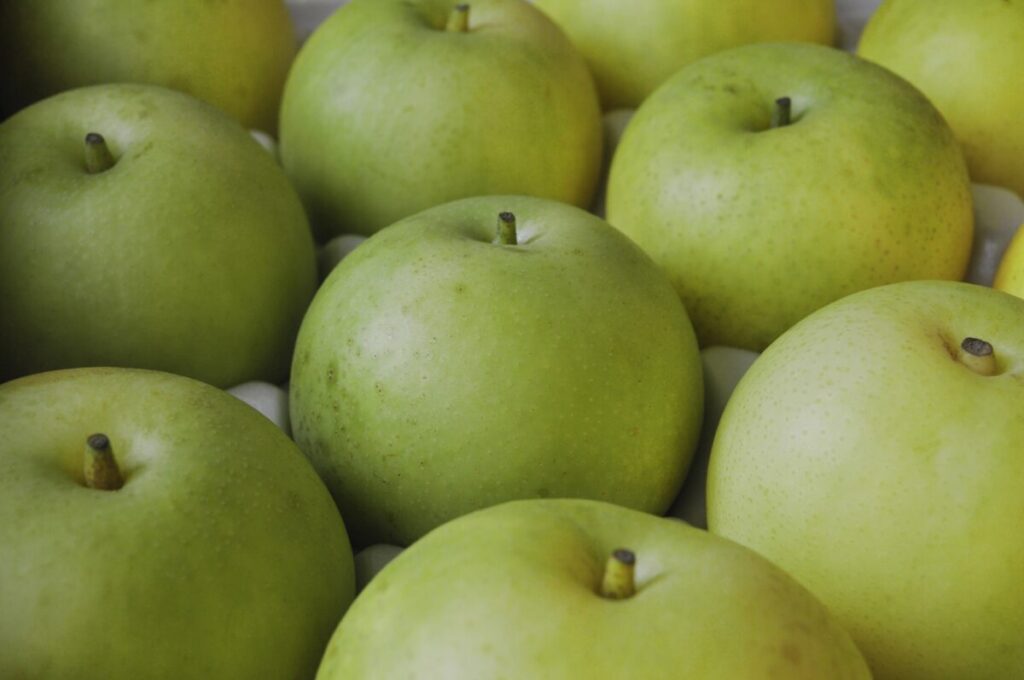
Yurihama Onsen – Time to heal your mind and body
Yurihama Onsen in Tottori Prefecture is a place of healing for me. This hot spring is also known as a bath for beautiful skin, and your skin will become smooth if you soak for a long time. The quality of the spring water is also said to be effective for neuralgia and muscle pain.
The sea stretches out near Yurihama Onsen, and looking out at the sea after soaking in the hot springs is a special luxury. Every time I visit this hot spring, I forget the hustle and bustle of the city and feel truly relaxed.
Tottori Prefecture’s modern culture and regional revitalization efforts – Exploring new attractions
Tottori, a sacred place for manga and anime
Tottori Prefecture is also known as the birthplace of Shigeru Mizuki, the author of “GeGeGe no Kitaro,” and many manga and anime fans visit the prefecture as a sacred place. I also visited the Shigeru Mizuki Memorial Museum and was able to immerse myself in the world of his works. Inside the museum, original paintings and life-size statues of characters are on display, making you feel as if you’ve stepped into that world.
As you can see, Tottori Prefecture has many attractive spots in terms of culture and art.
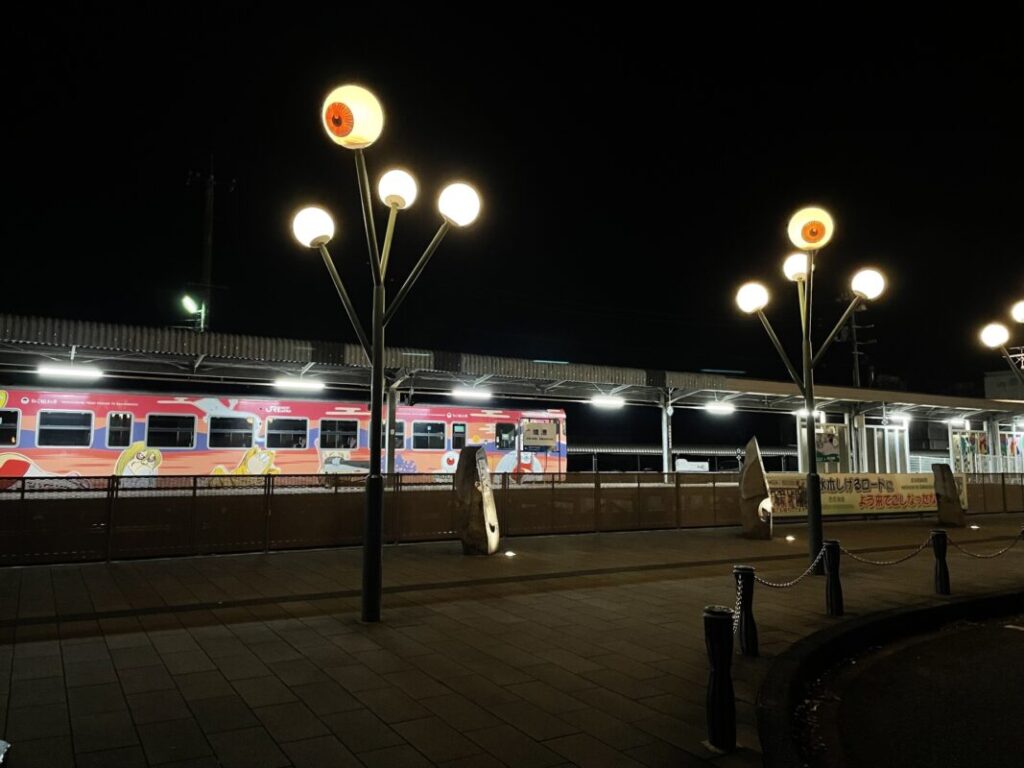
Regional revitalization efforts – Regional development for the future
In recent years, Tottori Prefecture has undertaken various initiatives aimed at revitalizing the region. Among them, the one that draws my attention is the Tottori City Project. This is a project in which local residents, businesses, and the government work together to make the most of tourism resources and promote the charms of Tottori.
In fact, the number of local festivals and events has increased, resulting in an average 20% increase in visitor numbers over the past three years. In addition, initiatives are being actively carried out to shape the future, such as developing new products that utilize local specialties and nurturing entrepreneurs, mainly young people.
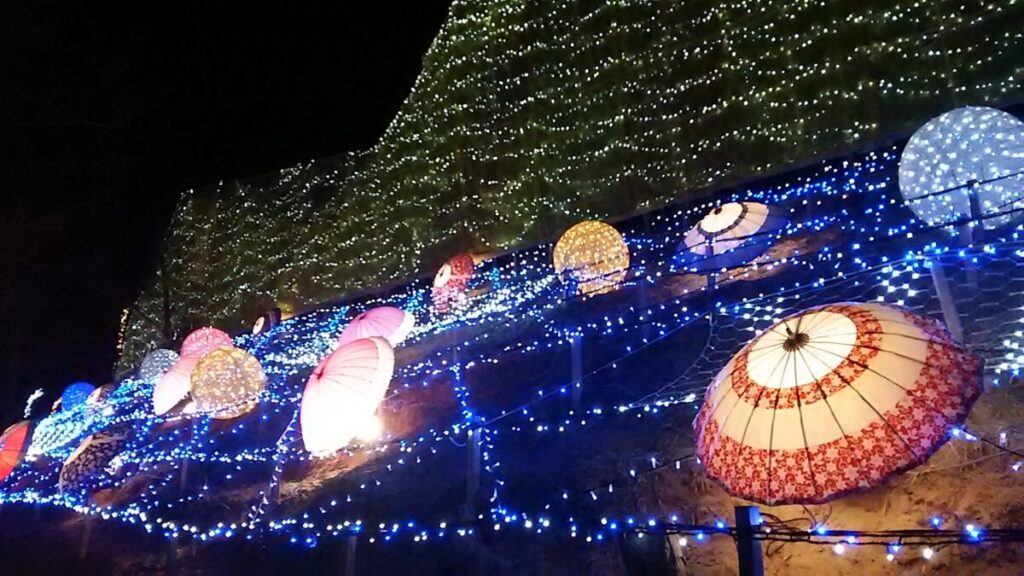
Art project in collaboration with the local community
In Tottori Prefecture, projects are also underway to use art to enliven the region. The Tottori Art Festival in particular is one such example. This is an event where many artists and tourists visit to create and exhibit art works that make use of local resources and scenery. When I visited, I was impressed by the artwork that utilized the local landscape and architecture.
summary
Tottori Prefecture is a region that is constantly evolving not only because of its history, nature and culture, but also through new attempts and initiatives. Through my travels so far, I have been able to experience the multifaceted charm of Tottori Prefecture. I would like to continue to discover new charms of this place and share them with many people.
As a travel web writer, I am deeply honored to have been able to dig deep into the appeal of Tottori Prefecture and share the results with you. We would like to continue to convey the charms of various regions in Japan. Thank you for reading until the end.
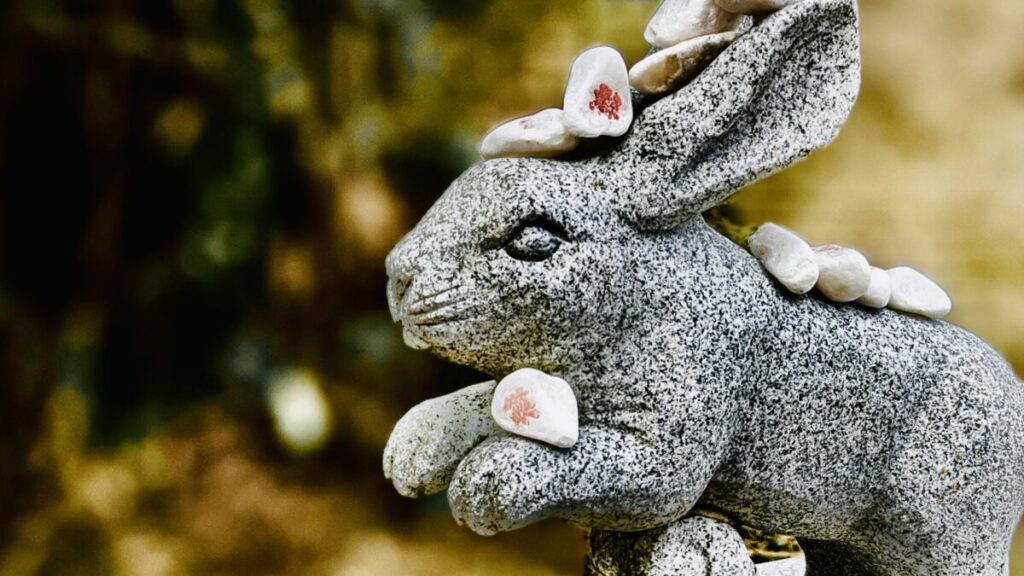
Historical buildings selected by Kasumi
Tottori Prefecture is dotted with many historical buildings. From among them, I, “Kasumi,” have selected 5 buildings that left a particularly strong impression on me, and will introduce their charms as “Kasumi Points.”
Tottori Castle Ruins (Tottori City)
Kasumi points:
Tottori Castle is a castle ruin that was used from the Sengoku period to the early Edo period. Today, some of the stone walls and moat remain, and it is known for the beautiful cherry blossoms that bloom in spring. It is an attractive place where deep history and natural beauty coexist.

Ishibe Shrine (Kurayoshi City)
Kasumi points:
This shrine has been a place of worship since ancient times, and its main building and torii gate have been designated as important cultural properties of the country. In particular, the sophistication of the carvings and architectural techniques is astounding.
Kurayoshi Clock Museum (Kurayoshi City)
Kasumi points:
This building, built in the Meiji period, is a beautiful wooden structure with a retro feel. Old clocks and historical tools are on display, giving you a sense of the times.
Akasaki Salt Field Ruins (Oyama Town, Saihaku District)
Kasumi points:
Akasaki’s salt fields are the site of salt fields from the Edo period to the early Meiji period. You can learn about the history and techniques of salt production in this area, and the scenery combined with the beautiful coastline is spectacular.
Yonago Castle Ruins (Yonago City)
Kasumi points:
Yonago Castle was a castle that flourished during the Edo period, and today its stone walls and moat remain. It has been maintained as a park and is also used as a place for citizens to relax. The space is an attractive blend of history and modernity.

These historical buildings are worth visiting as places where you can feel the long history and culture of Tottori Prefecture. Please visit these places and experience their history and charm firsthand.








